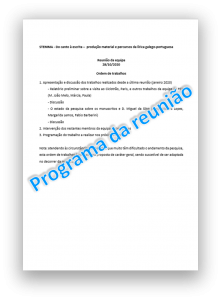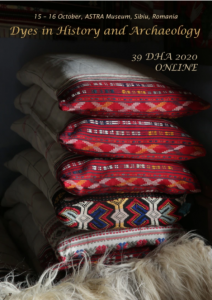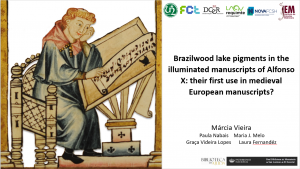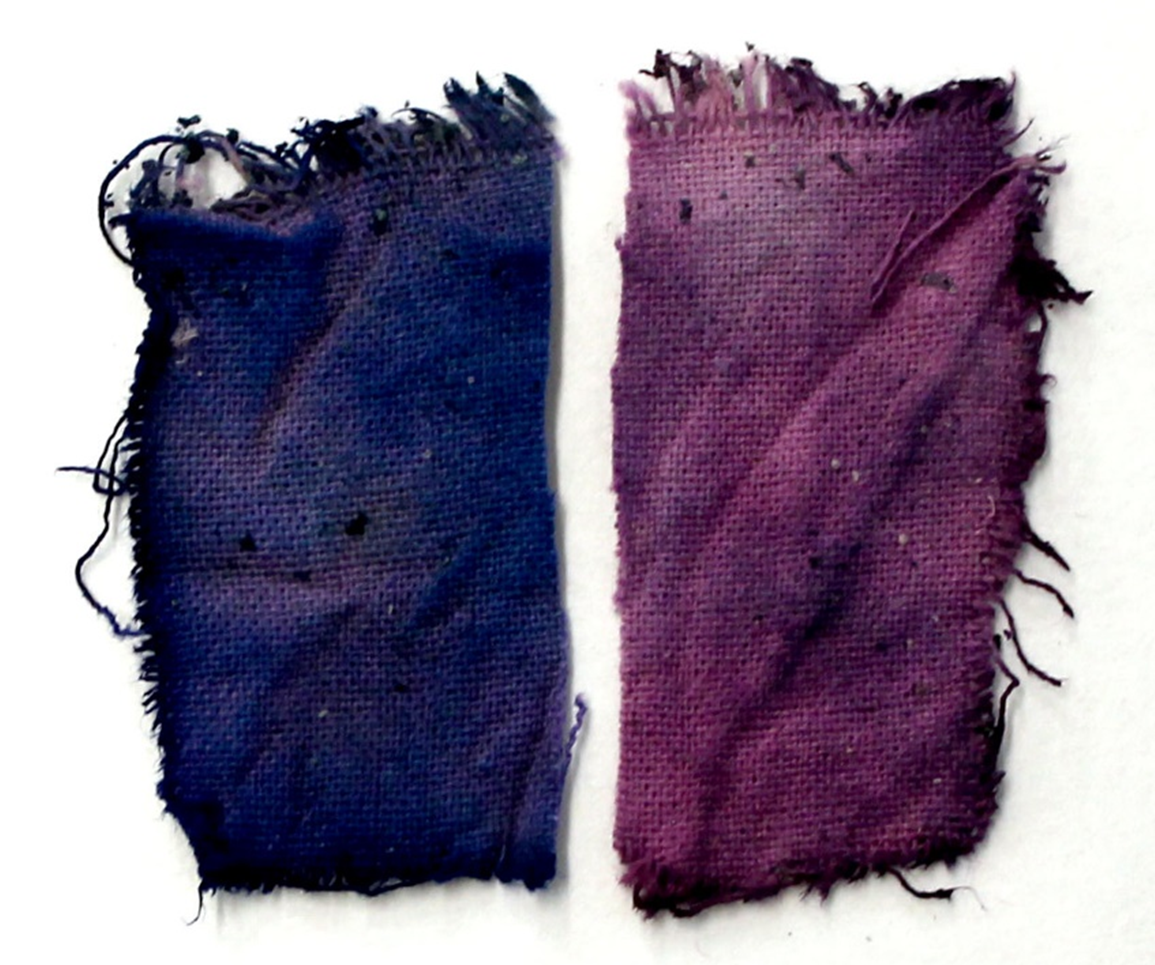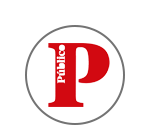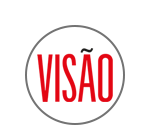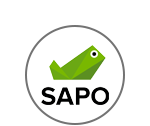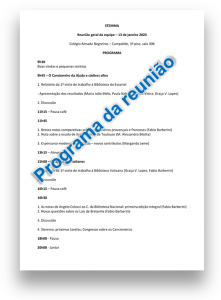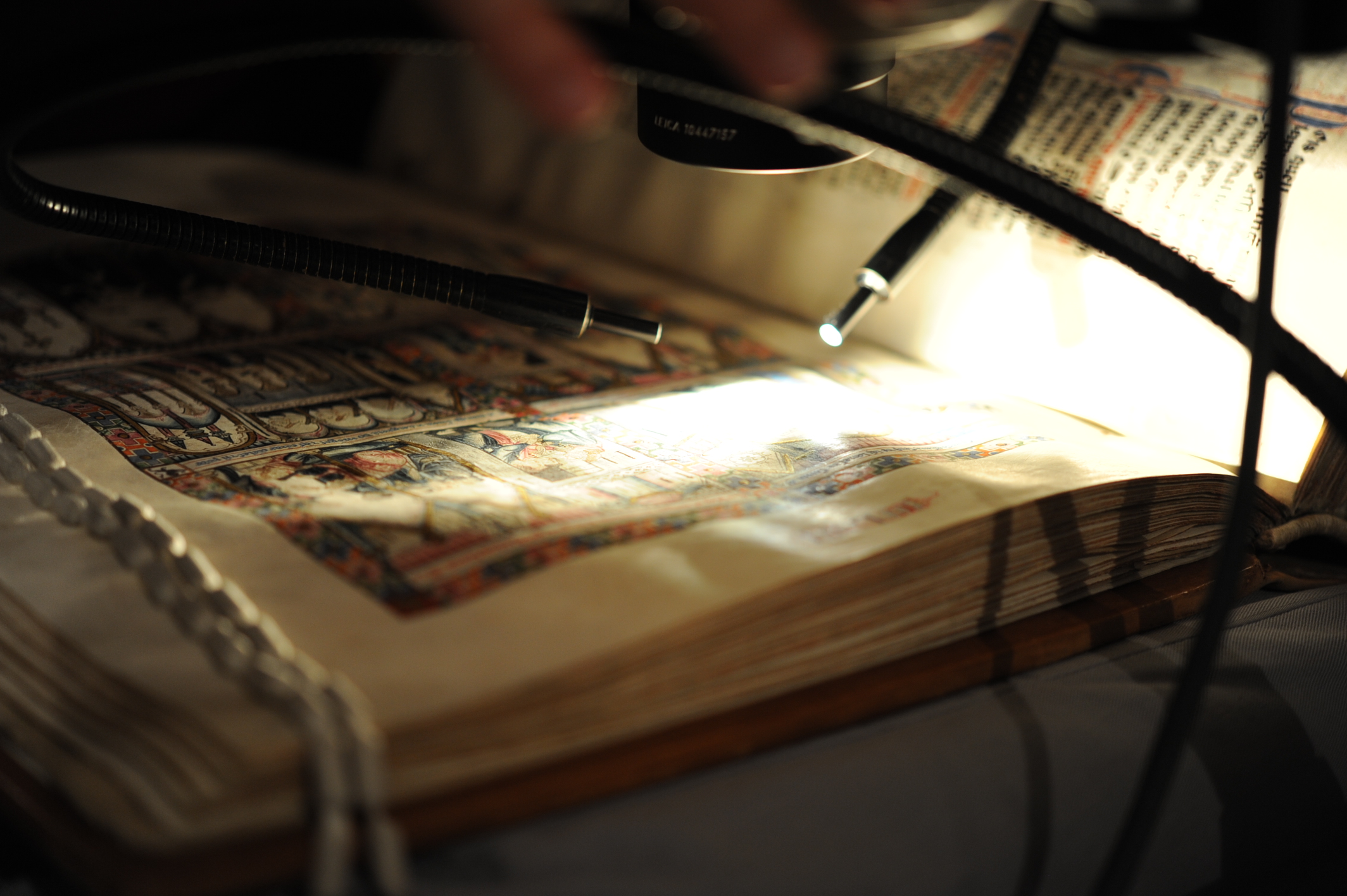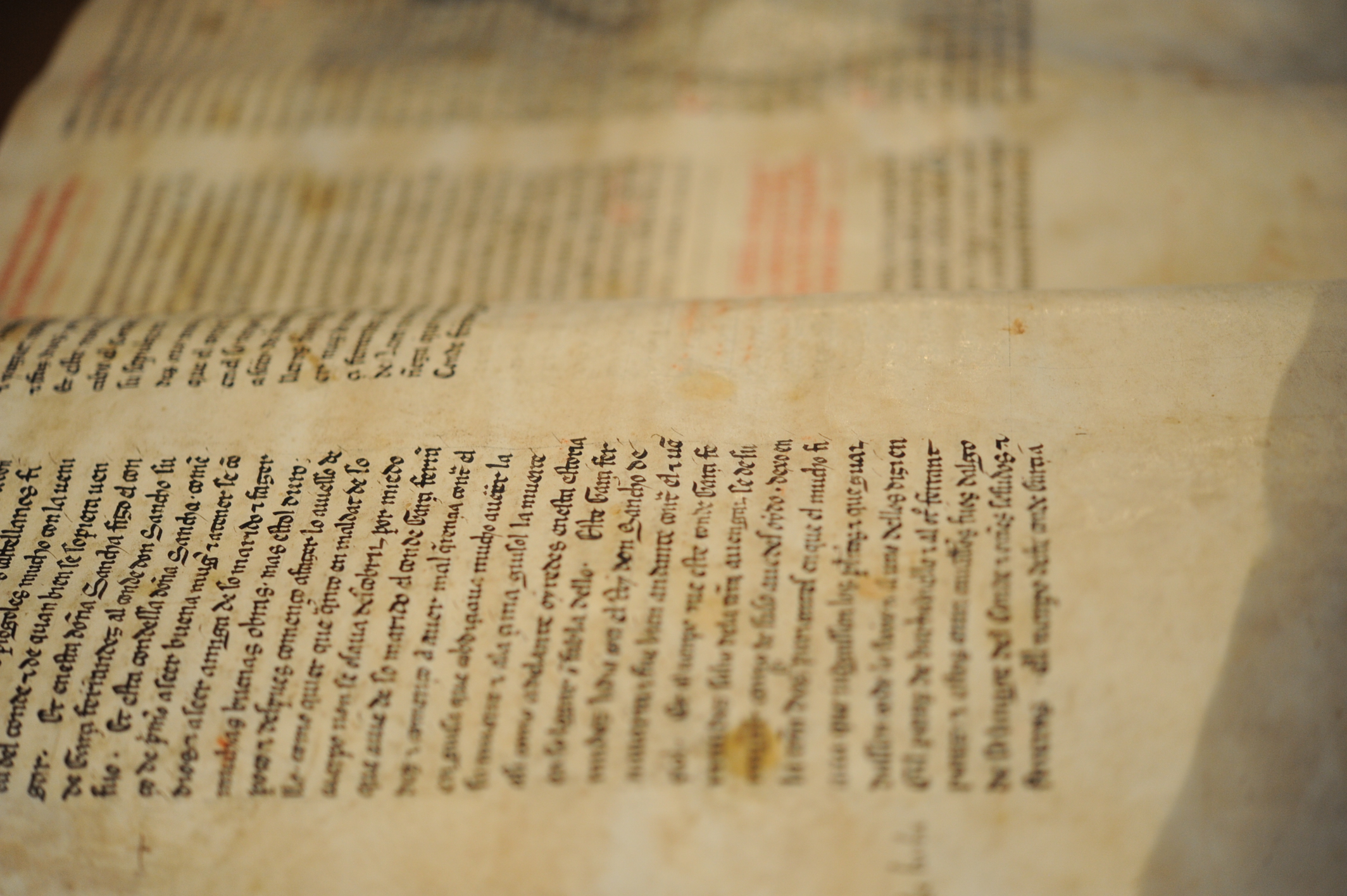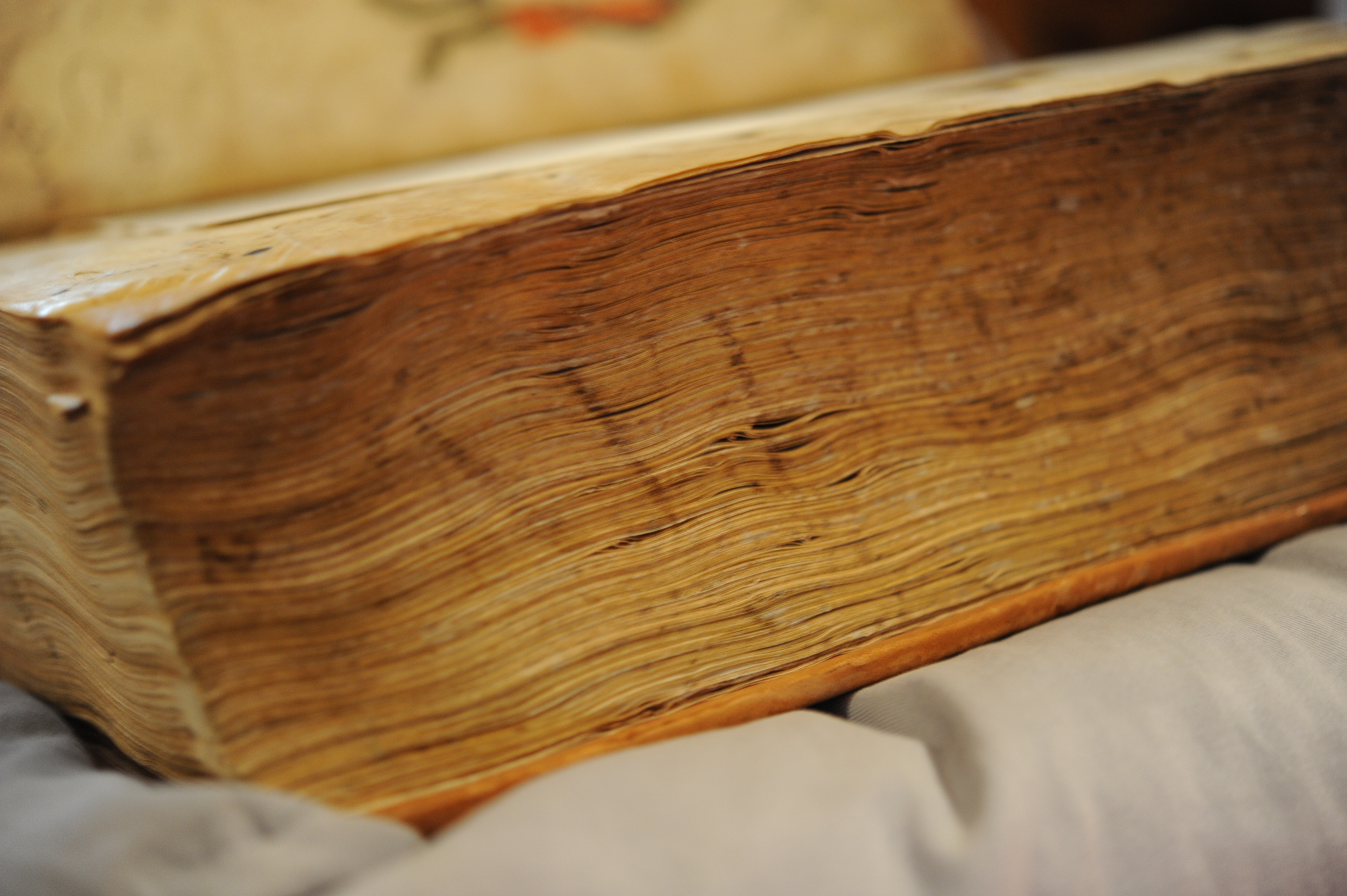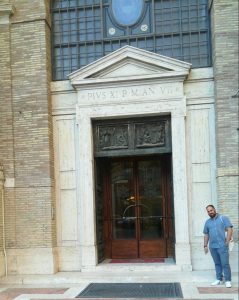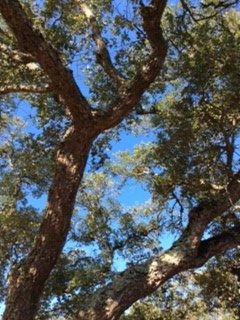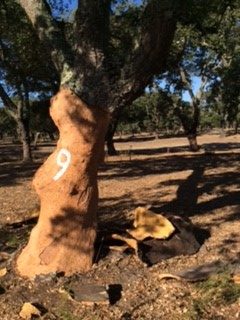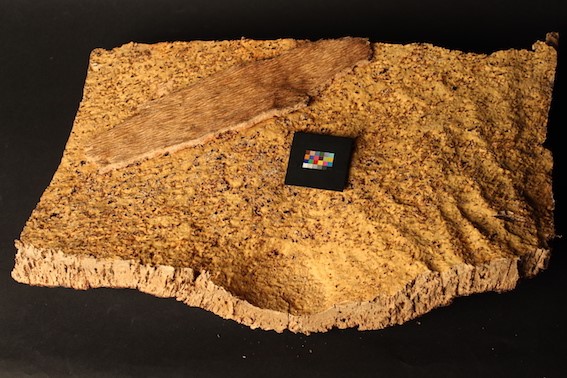STEMMA
From singing to writing – survey on material production and routes of Galician-Portuguese Lyric
Research project: PTDC/LLT-EGL/30984/2017
28 October 2020 – Annual meeting
- In the past 28 of October 2020, took place online format the annual meeting of the STEMMA team, adapting to the new reality and always in safety. During the meeting, the results from the visit to Cyclotron (París) and the new clues found in manuscripts and on D.Miguel da Silve were presented and discussed. Members of the team also presented new developments in their research.
15-16 October 2020 – International Conference “The Dyes in History and Archeology
- Last 15-16 of October 2020, three of our members participated with two presentations of the ongoing project work, in the international conference “The Dyes in History and Archaeology” (DHA). This annual conference has as focus the history, production, application, and properties of dyes and organic pigments applied in the past. Every year, specialists from all around the world, of different areas, participate in the conference to discuss and share ideas about these materials of the past.
The work material presented will be published in the near future…
A 1,000-year mystery unveiled …
An interdisciplinary team of Portuguese researchers unveiled the complex chemical structure of the medieval purple-blue dye used in the illumination of medieval manuscripts. The elucidation of the chemical structure of the medieval folium dye was a mystery until now, despite the efforts of several international research teams . The study was developed by chemists and conservation and restoration researchers of associated laboratory of green chemistry (LAQV-REQUIMTE) and counted on the collaboration of a biologist from the University of Lisbon, that allowed to find and identify the mysterious small plant, Chrozophora tinctoria.
Artigo: A 1000-year-old mystery solved: Unlocking the molecular structure for the medieval blue from Chrozophora tinctoria, also known as folium. P. Nabais, J. Oliveira*, F. Pina, N. Teixeira, V. de Freitas*, N. F. Brás, A. Clemente, M. Rangel, A. M. S. Silva, M. J. Melo*
Video: Story behind the medieval blue from Chrozophora tinctoria
13 January 2020 – Annual meeting
- In the past 13 of January 2020, took place the annual meeting of the STEMMA team, with the presence of the consultant Laura Fernández Fernández. During the day, reports of the visits to Escorial Monastery and Vatican Library were presented and discussed. Several members also reported the development of their researches. Overall, the new data proved to be very promising.
18 to 23 November 2019 – Mission to Royal Monastery of San Lorenzo de El Escorial
- In the week of 18 to 23 November, four members of the team (Graça Videira Lopes, Maria João Melo, Paula Nabais and Márcia Vieira) were at the Royal Monastery of San Lorenzo de El Escorial, for the first session of work at the Library. Two manuscripts of the Cantigas de Santa Maria , kept in this library, were analized and studied: (Códice Rico, (T.I.1) and Códice de los Músicos (b.I.2)), and also Lapidário (h.I.15), Libro del Ajedrez, Dados y Tablas (T.I.6) and Estoria de España (X.I.4). The selection of the manuscripts had as main purpose a first characterization of the materials and techniques used in the illuminations of Afonso “The Wise” scriptoria. In particular, study how to build / paint the greens, lapis lazuli blues, pinks and even which type of yellows, of inorganic nature, were used. These were the main characteristics of the colours in Cancioneiro da Ajuda that we considered, together, as essential axes of the uniqueness of the manuscript. Soon, we will make available the report of the works, with the preliminary conclusions.
November 2019 – Mission to Vatican Library, Rome
- In October 2019, two team members (Graça Videira Lopes and Fabio Barberini) were in Rome, for a first research mission in the archives of the Vatican Library
1 August 2019 – Herdade da Lavadinha
- The Middle Ages in addition to the Book, left us iron-gall inks for writing. Certainly after a laborious experimentation they came up with a recipe that remained the same in its steps and essential ingredients for almost 1 millennium. We add iron sulphate and gum arabic powders to the extract of galls and, as if by magic, a deep black appears. But there would be tricks and secrets that were not told and that we hope to be able to discover … so we set out in search of a lost writing ink … at Herdade da Lavadinha.
On August 1, 2019, with the support of António Freitas from the Amorim group. One of those days that we have to call unforgettable…
The writing ink is already in preparation …
